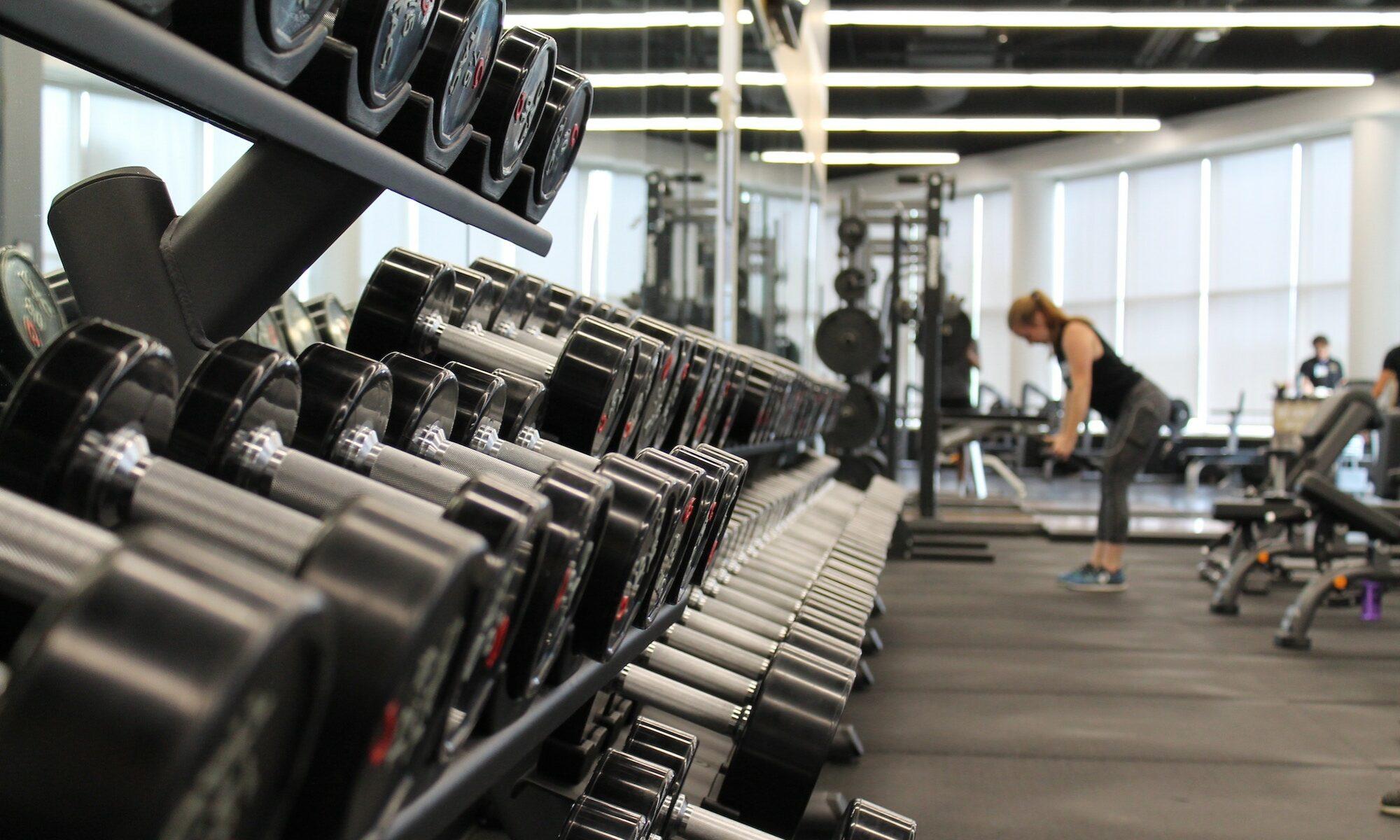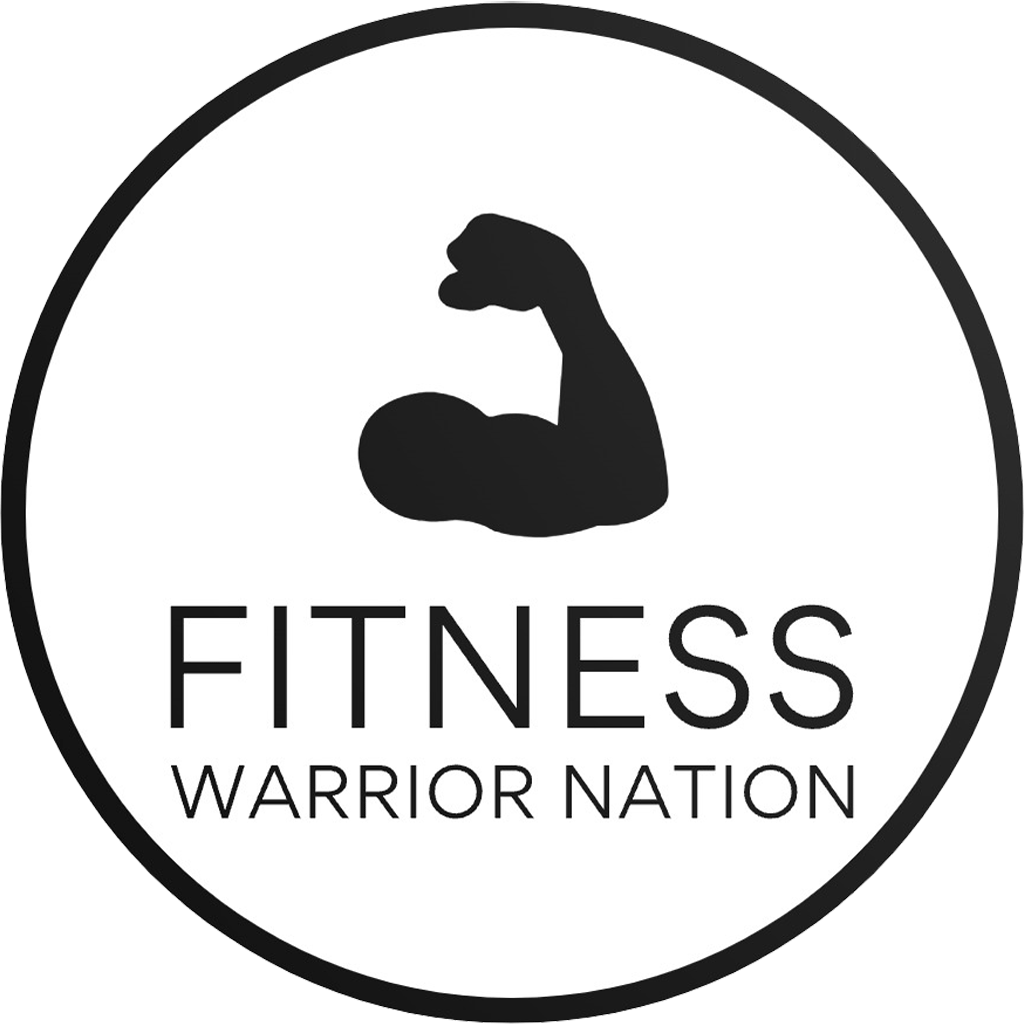The announcement of the closure of the Active Wellness Center at Reed’s Crossing has sent ripples through the South Hillsboro community. As Providence Health & Services prepares to shut down this 45,000-square-foot fitness hub by the end of July, local residents and fitness enthusiasts face a significant loss in their exercise and wellness options. Opening in 2022 as a beacon of health and activity, this fitness center quickly became a cornerstone for community health engagement. Its facilities – including indoor and outdoor pools, boutique studios, and extensive gym equipment – reflected a modern dedication to comprehensive wellness. Now, as Providence seeks to streamline its health services amid financial challenges, the community must adapt to this shifting landscape while exploring new pathways to health and fitness.
Providence’s Strategic Decision to Close the South Hillsboro Fitness Center
Providence’s decision to close the Active Wellness Center at Reed’s Crossing reflects broader trends within the healthcare and wellness industry. Since its launch in 2022, the fitness center illustrated a commitment to holistic health by offering an array of exercise options ranging from cardio and strength training to aquatic workouts in pools designed for year-round use. However, by July 31, 2025, Providence’s operational strategy shifted due to economic pressures and the need to consolidate services statewide.
The 45,000-square-foot facility once thrived as a partnership between Providence and Active Wellness. It provided a unique communal space where fitness was more than just exercise—it was an immersive, social experience and a health sanctuary. Despite this, recent financial headwinds prompted Providence to make tough decisions, including layoffs of 134 employees across Oregon earlier this year. Closing the South Hillsboro fitness center directly ties into these cost-containment efforts.
Providence clarified in their official statement that the gym space will be repurposed primarily for sports medicine and physical therapy programs, reinforcing the health system’s focus on clinical services over leisure fitness amenities. Such a transition demonstrates a prioritization of rehabilitative health and injury recovery over general gym membership activities. However, the fate of the facility’s pools remains uncertain, sparking concern amongst swimmers and aquatic exercise advocates.
This shift prompts several questions for members and stakeholders, including how the change will impact the community’s access to wellness facilities and whether alternatives can fill the void.
- Financial motivation: Reducing operational costs amid health care industry challenges.
- Strategic refocusing: Aligning facility usage towards physical therapy and sports medicine.
- Community impact: Evaluating how local residents adjust to losing a popular gym location.
- Facility repurposing: Determining the future of aquatic facilities and wellness studios.
| Aspect | Before Closure | After Closure |
|---|---|---|
| Facility Size | 45,000 sq. ft. | Same size, repurposed space |
| Main Offerings | Gym, pools, boutique studios | Sports medicine & physical therapy |
| Membership Options | Single-day, week passes, memberships available | Not applicable |
| Community Programs | Fitness classes, youth programs, wellness services | Uncertain post-transition |
Impact of the Fitness Center’s Closing on South Hillsboro’s Health and Exercise Culture
The closure affects more than just a building; it reshapes the vibrant exercise culture cultivated in South Hillsboro within a short span. This center was not merely a fitness facility but a well-being hub where individuals from various backgrounds connected in pursuit of better health, solidarity, and personal transformation. Fitness centers serve as community anchors, facilitating social bonds while promoting physical health. The loss of such a facility risks breaking down the intricate connection between exercise and community cohesion.
Local residents have relied on the convenience of the gym, the motivating atmosphere of boutique fitness studios, and the therapeutic benefits of pool exercise. When a gym closes, many members worry about the interruption in their fitness routines, which can hinder progress toward health goals like weight management, cardiovascular conditioning, and strength improvements. This concern is especially pronounced for those committed to structured workouts, personal training, and group classes that require dedicated facilities.
For those wondering how to maintain a robust exercise regimen post-closure, it is crucial to explore alternative venues or personal training options. Many will benefit from understanding optimal walking distances for cardiovascular health (optimal walking distance guide) and leveraging outdoor fitness possibilities. Adapting training routines with bodyweight exercises or investing in home gym equipment can also sustain progress.
- Disruption of routine: Uncertainty surrounding continuity of favorite classes and gym access.
- Community loss: Reduced social interaction and group motivation.
- Access inequality: Transportation and affordability challenges for alternative facilities.
- Frame for resilience: Opportunity to develop diverse exercise habits and seek creative fitness solutions.
| Impact Category | Potential Consequences | Proposed Solutions |
|---|---|---|
| Exercise Routine | Interrupted workouts, loss of motivation | Use walking as cardio, online fitness assessments (fitness assessment) |
| Social Bonding | Fewer communal fitness events | Engage with online communities or local meetups |
| Access to Therapies | Potential loss of pool-based rehab | Seek alternative hydrotherapy centers or physical therapy providers |
Exploring Alternative Fitness Centers and Wellness Opportunities Post-Closure
In the wake of closures like Providence’s fitness center, South Hillsboro residents face a crucial choice: where to go next for their health and wellness journey? Several options exist nearby that provide varied fitness experiences, from large-scale gyms to specialized boutique studios. Among the most notable alternatives are larger regional hubs such as the YMCA in metropolitan areas, which blend community engagement with extensive gym facilities and fitness programming—resources that remain pivotal for sustaining motivation and membership benefits.
One highly regarded resource for New Yorkers and adaptable elsewhere is the dynamic approach of the fitness enthusiast NYC YMCA (learn more about the NYC YMCA approach), which offers holistic community-focused exercise opportunities. Adopting a similar model, community-focused gyms in Oregon can foster reconnection and rebuild exercise habits disrupted by the closure.
Boutique fitness studios such as KettleBox provide innovative workout routines merging high-intensity interval training with strong community support (discover boutique studio workouts). These have grown in popularity for their personalized approach, catering to various fitness levels and promoting sustainable exercise habits.
- Large gym chains: Wide variety of equipment and classes with flexible membership plans.
- Boutique studios: Focus on specialized fitness, personal coaching, and smaller groups.
- Outdoors and home-based fitness: Use of local parks, trails, and at-home workouts.
- Virtual fitness options: Live and on-demand classes allowing exercise anywhere.
| Option | Benefits | Considerations |
|---|---|---|
| Regional Gyms | Community atmosphere, diverse programming | Distance and accessibility |
| Boutique Studios | Personalized attention, motivation | Potentially higher costs |
| Outdoor Fitness | Fresh air, free access | Weather-dependent |
| Virtual Fitness | Convenience, variety | Requires self-discipline |
Choosing the right alternative depends on individual goals, lifestyles, and preferences. Maintaining consistency through such transitions will be key in preserving health and wellness. For those interested in building strong core muscles and an impressive post-workout routine, tips on achieving a flatter stomach after exercise (effective post-workout strategies) further support ongoing fitness success.
The Role of Community in Sustaining Health and Wellness Amid Facility Closures
As a fitness center closes its doors, the sense of community forged within its walls remains vital. Exercise is not solely a physical endeavor; it includes social connection, shared challenges, and motivation fueled by camaraderie. Research shows strong links between group fitness participation and improved mental and emotional well-being.
Providence’s South Hillsboro facility built a culture marked by support and belonging. The closure highlights the challenge of replicating these feelings elsewhere. Community leaders and fitness advocates must emphasize collective participation through local groups, events, and online support networks. Such efforts could help bridge the gulf left by the absence of a dedicated gym space.
Key to these efforts are:
- Organized outdoor fitness meetups: Walking groups, running clubs, and yoga in local parks.
- Virtual communities: Social media groups and fitness challenges that keep individuals engaged.
- Partnerships with local businesses: Collaboration supporting health events, workshops, and pop-up fitness activities.
- Inclusive programming: Ensuring accessibility across age, ability, and fitness levels to welcome all community members.
| Community Strategy | Expected Benefits | Implementation Example |
|---|---|---|
| Outdoor Meetups | Enhanced social ties and improved physical health | Weekly yoga or hiking groups in local parks |
| Virtual Connectivity | Maintains motivation and accountability | Online fitness challenges and forums |
| Business Collaborations | Resource sharing and community engagement | Health fairs and fitness pop-ups |
The endurance of South Hillsboro’s fitness community will depend on how effectively these strategies are implemented. They offer a promising path for turning change into opportunity, perpetuating the wellness mission in new environments.
Preserving Wellness: The Future of Physical Therapy and Sports Medicine Integration at Providence
While the closure of the South Hillsboro fitness center marks the end of an era for gym membership and general exercise offerings, Providence’s pivot towards sports medicine and physical therapy reveals an evolving vision for wellness care. This approach emphasizes functional health, injury prevention, and recovery through specialized services that integrate exercise within therapeutic contexts.
Physical therapy programs stand to benefit from the repurposed facility’s ample space, allowing for advanced rehabilitation technologies and customized treatment plans. This transformation may foster an environment where members previously using the gym transition into therapeutic clients focused on long-term health restoration.
Sports medicine also bridges the gap between peak athletic performance and clinical care, offering tailored exercise prescriptions addressing specific injuries and athletic goals. This integration aligns with broader healthcare trends emphasizing personalized medicine and preventative care models.
- Expanded treatment capabilities: Space for equipment and dedicated therapy areas.
- Specialized staff expertise: Physical therapists and sports medicine professionals.
- Patient-centered care: Personalized exercise plans to optimize recovery and function.
- Collaborative wellness efforts: Combining therapeutic exercise with community health education.
| Physical Therapy Facility Features | Benefits |
|---|---|
| Rehabilitation Gym Equipment | Customized exercises suited to individual recovery needs |
| Aquatic Therapy Pool | Low-impact rehabilitation supporting joint recovery |
| Evaluation and Diagnostics Rooms | Precise assessment enabling tailored therapy plans |
| Integrated Care Teams | Holistic recovery approaches combining physical and mental health |
This transition underscores Providence’s commitment to prioritizing health outcomes and evidence-based practices. Local residents interested in injury prevention and rehabilitation may find new pathways to wellness within these enhanced services. Meanwhile, sustaining active community exercise routines will require creative partnerships and expanded awareness of available options—an imperative for both individuals and health providers.


